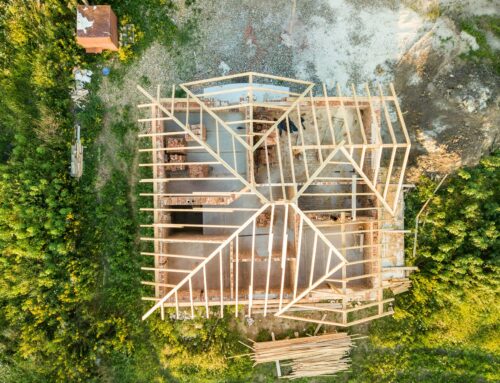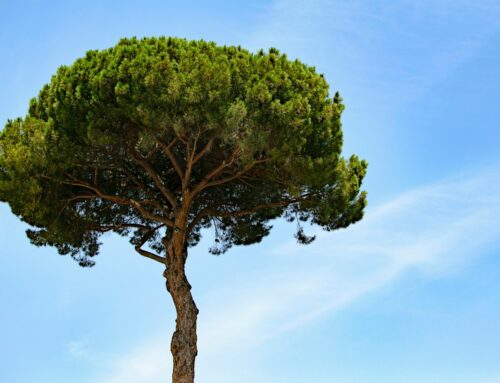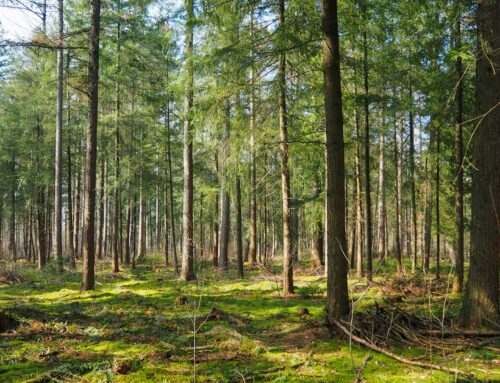Trees are an integral part of our ecosystem and provide a range of benefits to our environment, including clean air, shade, and habitat for wildlife. However, distressed trees can attract pests, which can cause significant damage to the tree and surrounding area. It is important to identify distressed trees and take appropriate measures to handle them effectively. In this article, we will discuss some practical tips on how to handle distressed trees that attract pests, ensuring their health and longevity.
Signs That a Tree is Distressed
The first step in handling distressed trees that attract pests is to identify the signs of distress. Some common signs that a tree is distressed include:
- Discolored Leaves: Leaves that are yellow, brown, or wilted could be a sign of distress.
- Dead or Decaying Branches: Branches that are dead or decaying can attract pests and can also be a safety hazard.
- Reduced Growth: Trees that are not growing as quickly as they should be could be suffering from stress.
- Bark Damage: Bark damage can be caused by pests or environmental factors and can lead to further damage to the tree.
- Fungal Growth: Fungal growth on the tree or around the base of the tree could be a sign of stress.
- Insect Infestations: Insects such as aphids, spider mites, and borers can cause significant damage to trees.
Handling Distressed Trees That Attract Pests
Once you have identified that a tree is distressed and attracting pests, it is important to take the following steps to handle it effectively:
1. Identify the Type of Pest
Different pests require different treatments, so it is important to identify the type of pest that is attracted to the tree before taking any action.
2. Prune Dead and Diseased Branches
Removing dead and diseased branches can prevent pests from infesting the tree and can also improve the overall health of the tree.
3. Apply Insecticides
If the tree is infested with insects, applying insecticides can help to control the problem. It is important to choose an appropriate insecticide and follow the instructions carefully.
4. Improve Soil Conditions
Trees that are stressed may benefit from improved soil conditions. Adding compost or fertilizer can help to improve the health of the tree and make it less attractive to pests.
5. Hire a Professional
If you are unsure about how to handle a distressed tree, it is best to hire a professional arborist. They can assess the tree’s health and recommend appropriate treatments.
6. Water the Tree
If the tree is not getting enough water, it may become stressed and vulnerable to disease and pests. Make sure to water the tree regularly, especially during dry spells.
Why Identifying Infested Trees Is Important
Identifying infested trees is important because it allows for prompt action to be taken to prevent the spread of pests and diseases to other trees in the area. Infested trees can also pose a safety risk if they become weakened and are at risk of falling. Additionally, prompt identification and treatment of infested trees can help to preserve the overall health and beauty of the surrounding ecosystem.
Conclusion
In short, handling distressed trees that attract pests is a crucial task that requires careful planning and execution. It is important to identify the underlying problem and take the necessary steps to address it promptly. This may involve pruning, fertilization, or even removal of the tree if it is beyond repair. Additionally, taking preventive measures such as regular maintenance and monitoring can help prevent future infestations. By following these guidelines and seeking expert advice when necessary, homeowners can effectively manage distressed trees and pests, ensuring a healthy and thriving landscape for years to come.
If you are looking for a reliable Connecticut tree service, contact JNP Tree Removal, LLC. You can count on our experienced team for your tree removal, stump grinding, and seasonal cleanups. Contact us and let us know how we can help you with your trees today!




